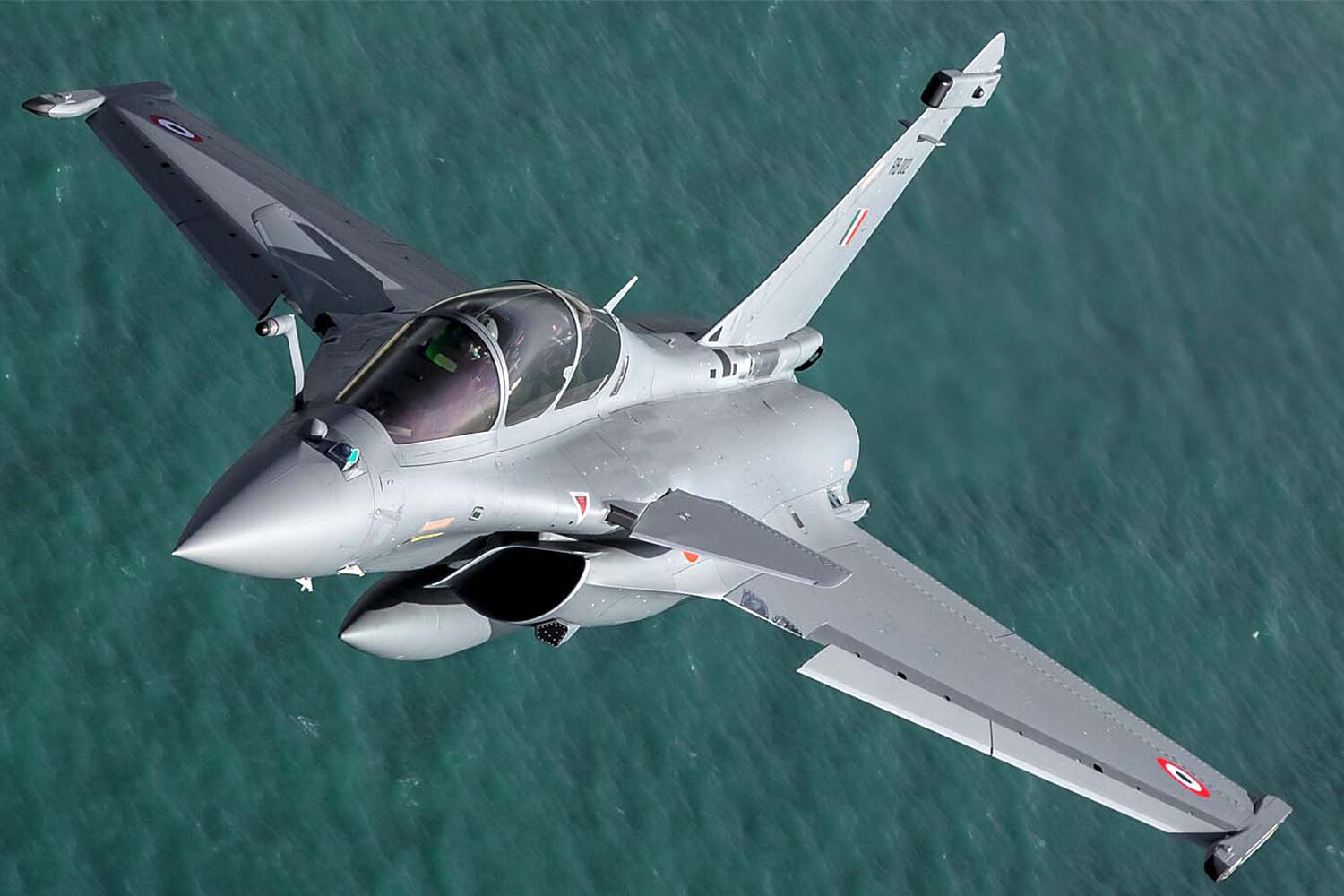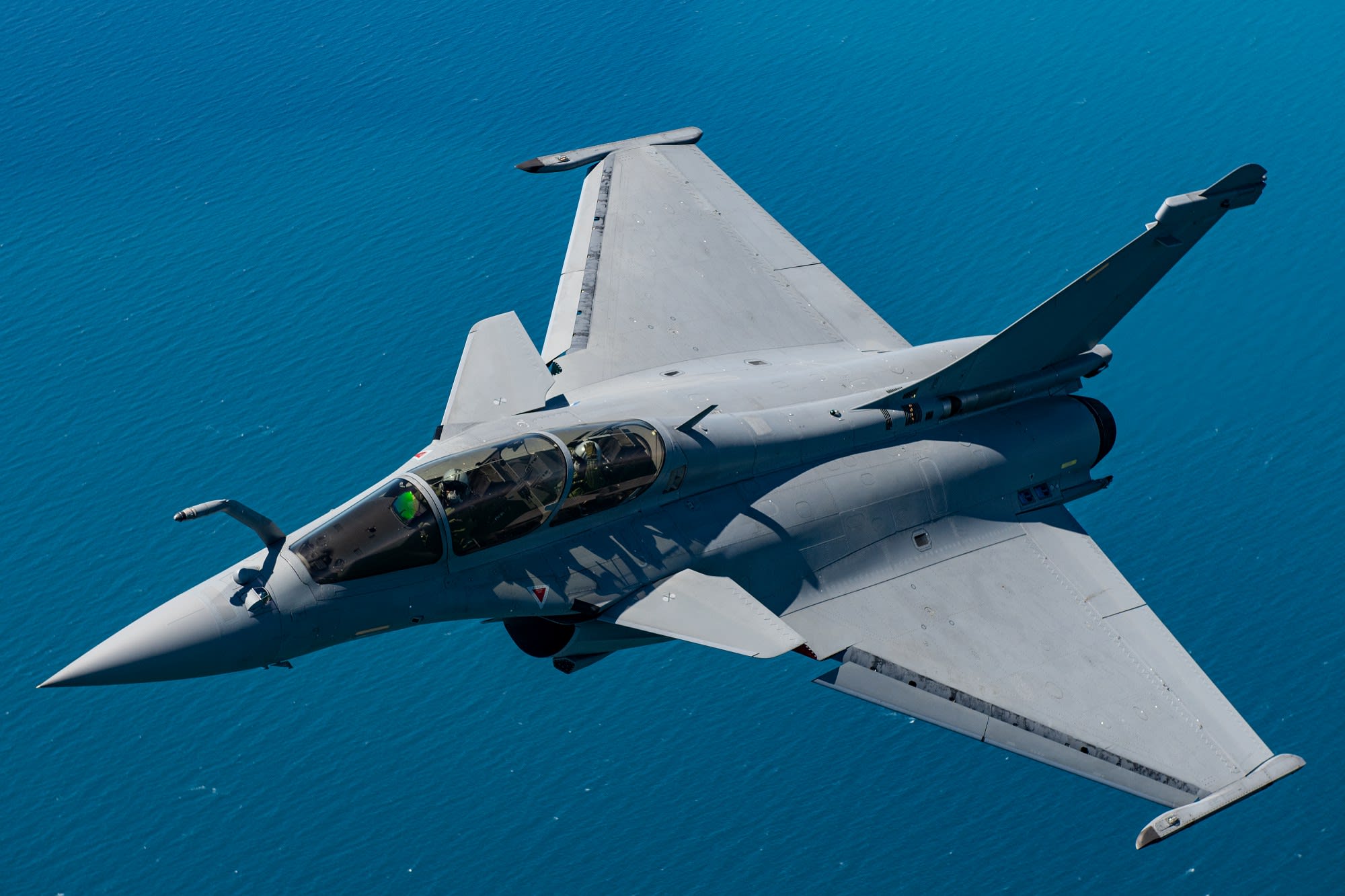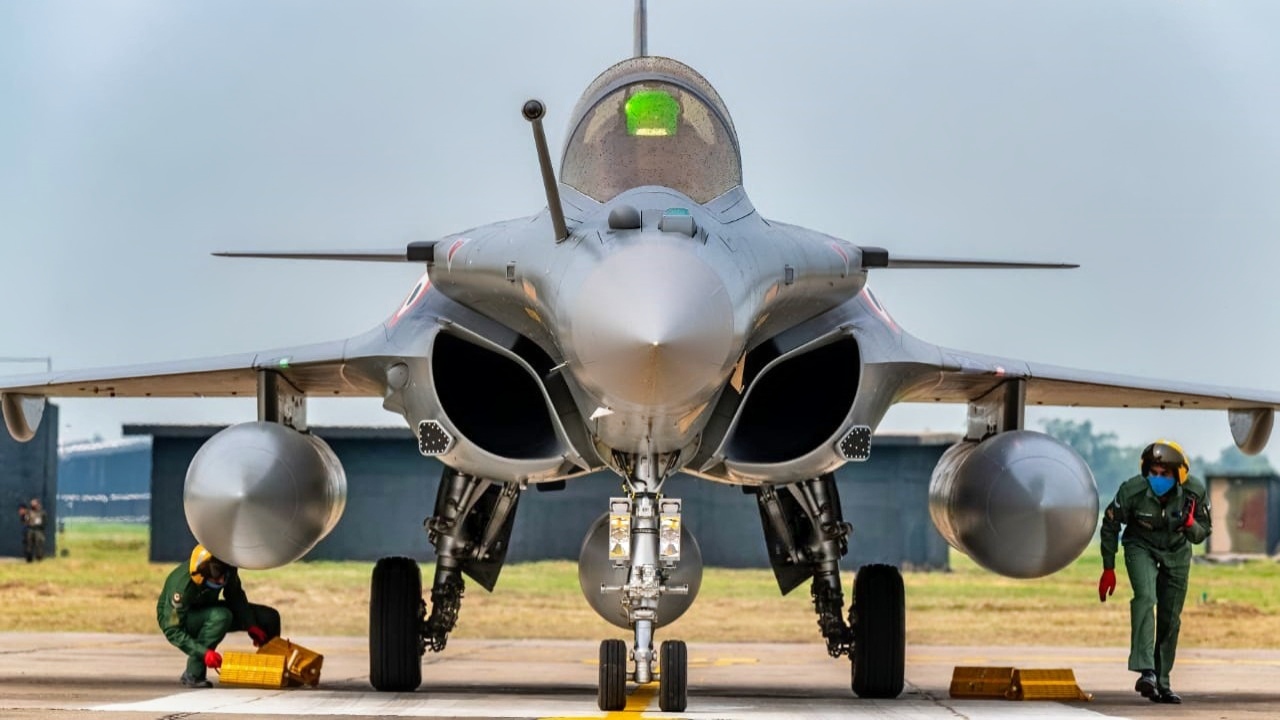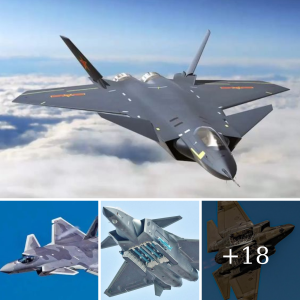The Dassault Rafale, a multi-role fighter aircraft, has emerged as one of the most formidable machines in modern aviation. Designed and built by the French company Dassault Aviation, the Rafale is known for its versatility, cutting-edge technology, and its ability to adapt to a wide range of military missions. Whether it’s air-to-air combat, ground attacks, reconnaissance, or nuclear deterrence, the Rafale is a true powerhouse in the skies.

A Technological Marvel
What sets the Dassault Rafale apart from other fighter jets is its advanced technology. Equipped with state-of-the-art avionics, the aircraft boasts an active electronically scanned array (AESA) radar, which provides unparalleled detection capabilities and allows pilots to engage multiple targets simultaneously. The Rafale’s sensor fusion technology integrates data from various sources to give the pilot a comprehensive view of the battlefield, enhancing situational awareness and decision-making in high-pressure environments.
The aircraft’s cutting-edge Spectra electronic warfare system further solidifies its edge over adversaries. This system enables the Rafale to detect, evade, and jam enemy radar and missile systems, making it one of the most survivable fighter jets in the world. In addition to its stealth features, the Rafale is designed for low radar cross-section and infrared signature, ensuring it remains undetected in critical missions.

Unmatched Versatility
One of the defining features of the Rafale is its versatility. It was designed as an omni-role fighter, meaning it can perform multiple roles without needing reconfiguration. From air superiority missions to precision strikes against ground targets, the Rafale seamlessly transitions between roles with minimal preparation. This flexibility allows military forces to maximize the jet’s operational value, adapting to different combat scenarios with ease.
Armed with a wide range of weaponry, the Rafale can carry air-to-air missiles like the MBDA MICA and Meteor, as well as precision-guided bombs and long-range cruise missiles like the SCALP-EG. The Rafale’s nuclear strike capability with the ASMP-A missile also adds to its strategic importance, making it a key asset for countries that rely on nuclear deterrence.

Performance and Agility
The Dassault Rafale is powered by two Snecma M88-2 engines, giving it exceptional speed and maneuverability. With a top speed of Mach 1.8 (around 2,222 km/h or 1,380 mph), it can quickly intercept enemy aircraft or retreat from dangerous situations. The Rafale’s agility is another highlight, thanks to its delta wing and canard design, which allows it to perform complex aerial maneuvers with ease.
This high level of agility makes the Rafale especially deadly in dogfights. Its ability to outmaneuver opponents while maintaining precise targeting capabilities ensures it remains a dominant force in air combat. The jet’s adaptability to both land-based operations and aircraft carrier deployments further enhances its operational reach.
Proven in Combat
The Rafale has proven its mettle in various combat situations. It has been deployed in numerous military operations, including missions in Afghanistan, Libya, Mali, and Syria. In these conflicts, the Rafale demonstrated its effectiveness in air-to-ground strikes, close air support, and intelligence gathering, often operating in high-threat environments.
The aircraft’s combat record speaks volumes about its reliability and operational readiness. Its success in real-world missions has only bolstered its reputation, leading to increasing demand from international buyers.
A Growing International Presence
The Rafale’s success is not confined to France alone. Several countries, including India, Egypt, Qatar, and Greece, have opted to purchase the Rafale to bolster their air forces. The fighter jet’s adaptability to various climates and operational requirements makes it a highly attractive option for nations looking to modernize their military capabilities.
India’s acquisition of the Rafale, in particular, marked a significant milestone, as the country sought to upgrade its defense capabilities against regional threats. The Rafale’s superior performance in the Indian Air Force’s fleet has made it a key element in maintaining regional security and deterrence.
Conclusion
The Dassault Rafale stands as a testament to modern engineering and military innovation. Its blend of advanced technology, versatility, agility, and combat-proven performance has solidified its place among the most respected fighter jets in the world. As nations continue to modernize their air forces, the Rafale will remain a critical asset in global military operations, proving time and again that it is not just a fighter jet, but a force to be reckoned with.





